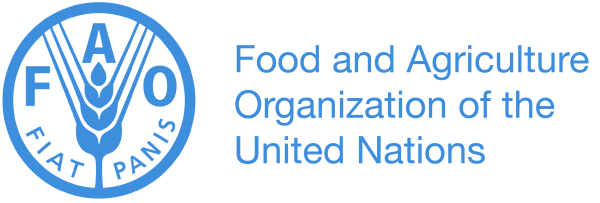Lestari et al., 2020, Transbound Emerg Dis. 2019;00:1–14. (DOI: 10.1111/tbed.13434)
In July 2016, an avian influenza outbreak in duck farms in Yogyakarta province was
reported to Disease Investigation Center (DIC), Wates, Indonesia, with approximately
1,000 ducks died or culled. In this study, two avian influenza (AI) virus subtypes, A/
duck/Bantul/04161291-OR/2016 (H5N1) and A/duck/Bantul/04161291-OP/2016
(H9N2) isolated from ducks in the same farm during an AI outbreak in Bantul district,
Yogyakarta province, were sequenced and characterized. Our results showed that
H5N1 virus was closely related to the highly pathogenic AI (HPAI) H5N1 of clade
2.3.2.1c, while the H9N2 virus was clustered with LPAI viruses from China, Vietnam
and Indonesia H9N2 (CVI lineage). Genetic analysis revealed virulence characteristics
for both in avian and in mammalian species. In summary, co-circulation of HPAI-H5N1
of clade 2.3.2.1c and LPAI-H9N2 was identified in a duck farm during an AI outbreak
in Yogyakarta province, Indonesia. Our findings raise a concern of the potential risk
of the viruses, which could increase viral transmission and/or threat to human health.
Routine surveillance of avian influenza viruses should be continuously conducted to
understand the dynamic and diversity of the viruses for influenza prevention and
control in Indonesia and SEA region.





